Related
Summary
Calvin and Hobbescreator Bill Watterson was never shy about how indebted he was a cartoonist to Charles Schulz , the groundbreaking creative person behindPeanuts – something a life story of Schulz essentiallydistills down to two critical lesson Watterson took from the older creative person . By looking at both , lector can arise a clearer sentience of whyPeanutsand its creator were monolithic in the risible industriousness for so long .
In source David Michaelis’Schulz and Peanuts : A Biography , Bill Watterson is quoted in detail regardingPeanutsinfluence on his work , admit themost worthful lessons he tookfrom his formative reading material of Charles Schulz ’s strip . TheCalvin and Hobbesauthor spoke unequivocally about his love forPeanuts , though the Bible noted that there was one key point on which he diverged from Schulz .
In a way , Watterson extracted the key to drop a line a successful amusing strip fromPeanuts , while at the same fourth dimension , he define his stance against commercializing his art in contrast to Charles Schulz ’s .
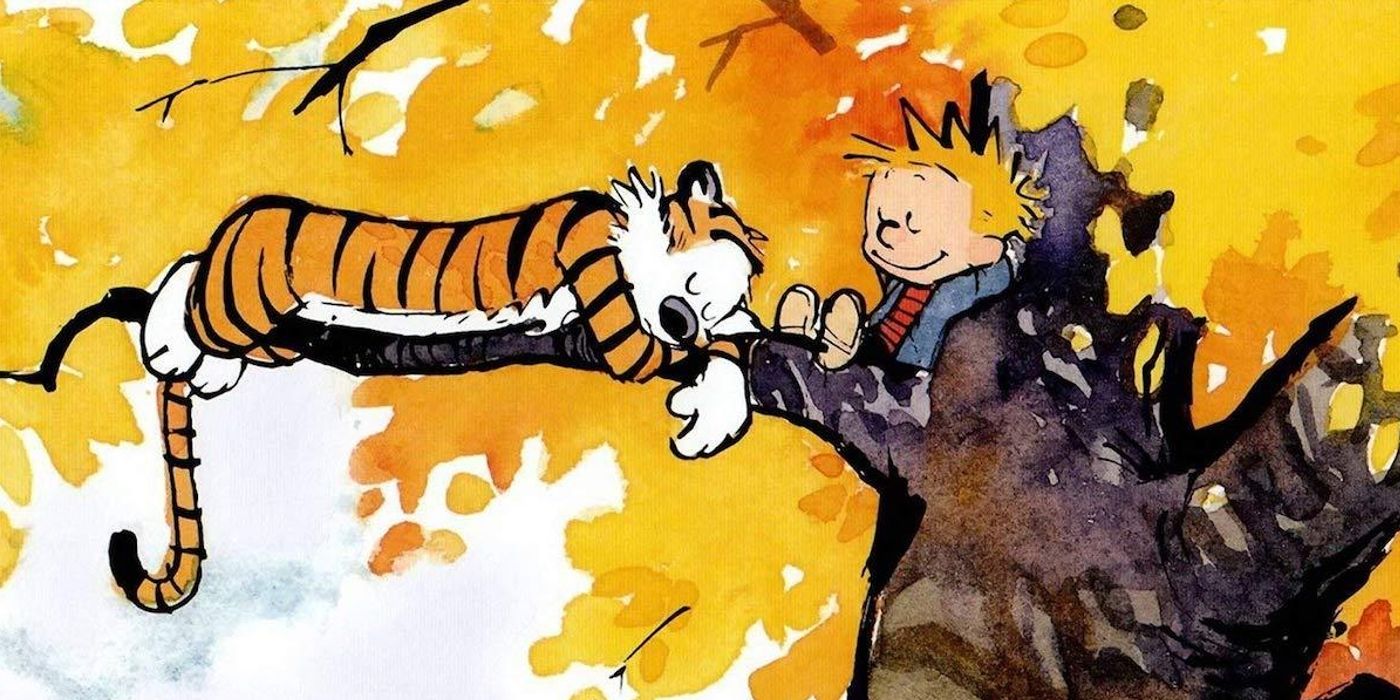
Calvin and Hobbes ’ Lord Bill Watterson discusses the tiger in an interview and bring out why he feels that Hobbes is more lifelike than multitude think .
Peanuts Creator Charles Schulz Was A Huge Influence On Calvin and Hobbes
Bill Watterson’s Number One Creative Inspiration
ThoughCalvin and Hobbesdiverged stylistically fromPeanutsduring its running , Watterson attribute his fundamental discernment of humor to Schulz ’s strip .
enter publication in 1950,Peanutsspent the next several decades ascensive in comic . author and creative person Charles Schulz was an innovator in term of content , as well asthe form of his strip . By the 1960s , when the comic ’s beloved animated version began to be released , Peanutswas already a fixture in American pop culture – and would remain so for the balance of the twentieth 100 . It was in the 1970s and ' eighty , however , that the first propagation of risible artists raised onPeanutsbegan to develop work that bore the mark of Charles Schulz ’s influence .
One of these Divine was Bill Watterson , whose stripCalvin and Hobbesdebuted in 1985 . During just a decennary in publication , Watterson ’s comedian managed to develop a fanbase , and achieve a point of notoriety , that placed it in the same originative stratosphere as Schulz andPeanuts , along with comics likeJim Davis’GarfieldandGary Larson’sThe Far Side . As Watterson explained , he and all of his creative peer were make in the shadow of Charles Schulz . Schulz and Peanuts : A Biographyquotes him as saying :
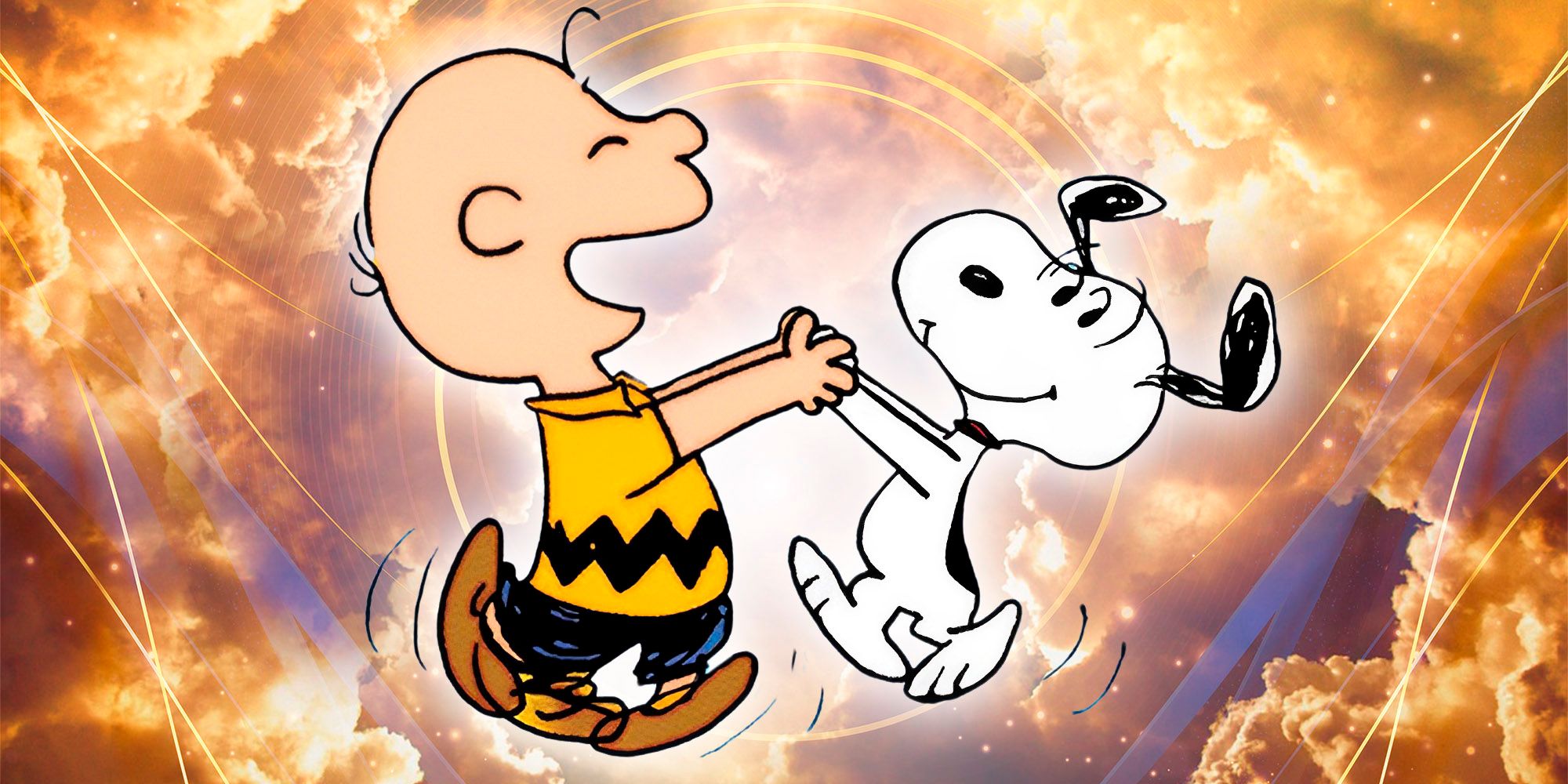
I think what ’s really pass off is that Schulz , in Peanuts , changed the full font of comic strips , and everybody has now catch up with up to him . I do n’t think he ’s five years ahead of everybody else like he used to be , so that ’s taken some of the edge off it . I call up it ’s still a grand cartoon strip just in term of solid twist , eccentric development , the illusion element — things that we now take for deed over .
ThoughCalvin and Hobbesdiverged stylistically fromPeanutsduring its run , Watterson attribute his fundamental understanding of humor to Schulz ’s strip . Ultimately , this was one of two major ways in which Bill Watterson ’s contribution to the comical medium were defined byCalvin and Hobbesrelationship toPeanuts . More broadly speaking , the new artist ’s vocation trajectory wound up taking a vastly dissimilar course than his idol ’s , given Watterson ’s contrary views on the commercialisation of artistry . In turn of events , this was part of what madeCalvin and Hobbesrun so brief , in comparing to its predecessors ' .
Peanuts' Most Important Lesson For Cartoonists, According To Bill Watterson
Charles Schulz' “Emotional Edge”
On a creative level , Bill Watterson followed in Charles Schulz ’s footsteps as a loyal devotee , specially early inCalvin and Hobbes’run .
grant toSchulz and Peanuts , Bill Watterson ’s conception of what a comic funnies could be , and what its humor could achieve , was shaped by his early reading ofPeanuts . As the book states :
The most important example for the future cartoonist was that " a mirthful comic strip can have an emotional edge to it and that it can peach about the big issues of life in a tender and perceptive elbow room .
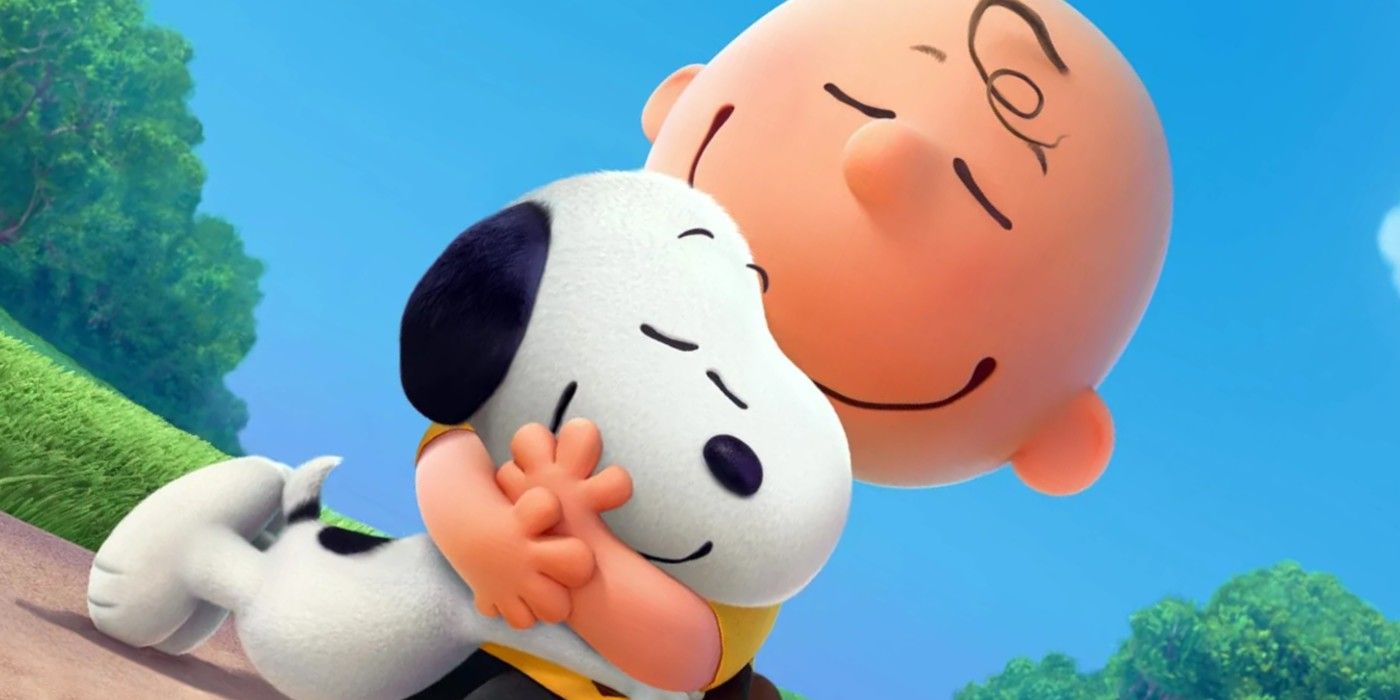
In other Scripture , Watterson took the estimate fromPeanutsthat wit could be mere and straight , without being old-hat or meaningless . He would go on to apply this " excited bound " with bully potency throughoutCalvin and Hobbes – a slip that regularlyshowed as much reverence toward lifeas it did irreverance toward parental ascendency .
Calvin and Hobbes was a satirical comic strip series that ran from 1985 - 1995 , write , drawn , and colour by Bill Watterson . The series follows six - year - old Hobbes and his choke up Tiger , Calvin , that examines their biography through a impulsive lens system that tackle routine comedic consequence and actual - humanity issue that people deal with .
Like Charles Schulz , Bill Watterson was " sensitive " to the humanity in many mode , which always informed the solar day - to - 24-hour interval subject matter of his comic strip . Their aesthetic body of work on the pageboy can be scrutinized to discover a numeral of parallels – beyond just the utilisation of fry and spill the beans animal as protagonists . However , it is the law of similarity and departure between the two as artists that offers a unique degree of brainstorm intoCalvin and HobbesandPeanuts , and what made them pop acculturation ikon .
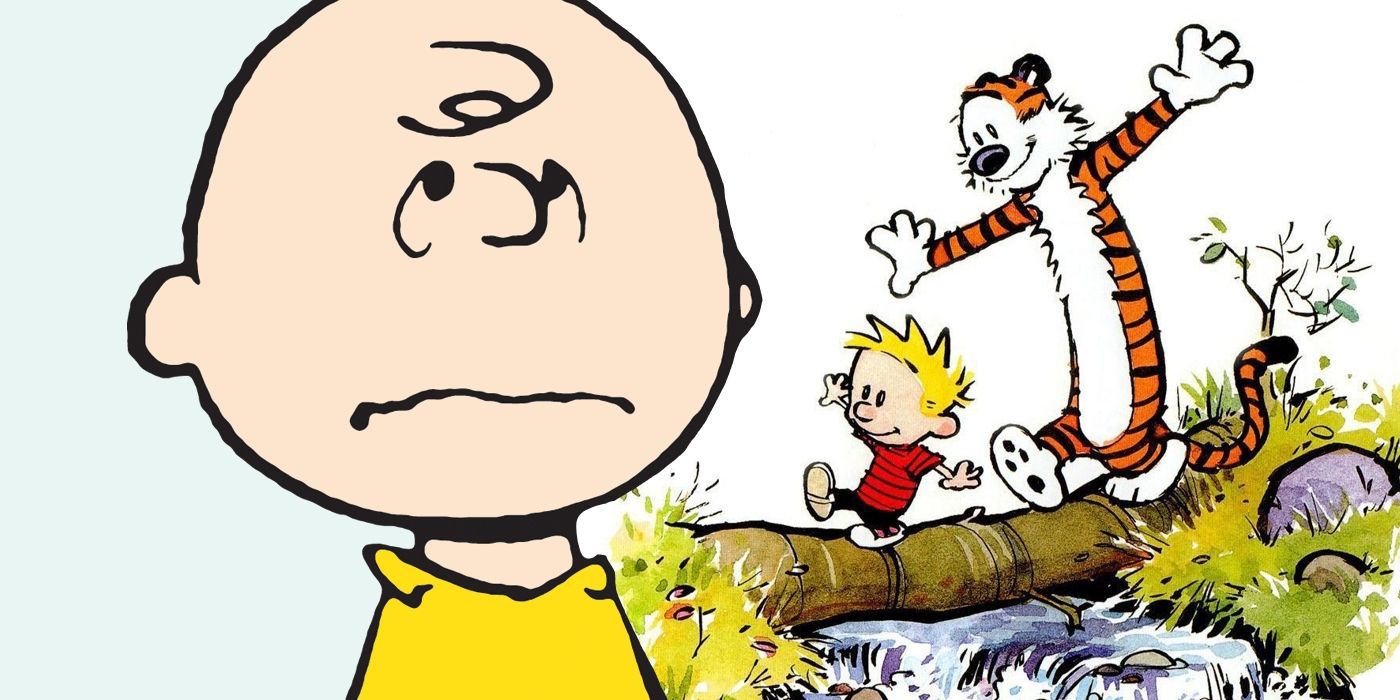
On a originative level , Bill Watterson follow in Charles Schulz ’s pace as a loyal buff , especially early inCalvin and Hobbes’run . When it come to the line side of things , though , Watterson dramatically disagreed with his mentor ’s commercialization ofPeanuts . As author David Michaelis trace it inSchulz and Peanuts : A Biography , this was the second most worthful example that Watterson ascertain from Schulz – except in this case , he realized what he did not desire to do , in response to what Schulz and other cartoonists were doing .
Bill Watterson Refused To View Cartoons As A Commercial Product
An Artistic Principle
As much as Bill Watterson learned the fundamentals of achiever as a amusing author from Charles Schulz , onceCalvin and Hobbesachieved its own iconic condition , its creator defined his approach to the industry in consummate dividing line to what Schulz managed withPeanuts .
While Charles Schulz and other contemporaries – notablyGarfieldcreator Jim Davis – became phenomenally rich as a result of licensing their creations in the 1980s and 1990s , Bill Watterson refused to deal the merchandising rightstoCalvin and Hobbes . He openly spoke against the practice , suggest that it function against the driving ethos of writing funnies , which he considered micturate people laugh , rather than selling them something . According toSchulz and Peanuts :
By direct contrast , Schulz saw comics as a kind of " competition " for the reader ’s tending , and consequently , felt that the winner of such a competitor should be able-bodied to gain .
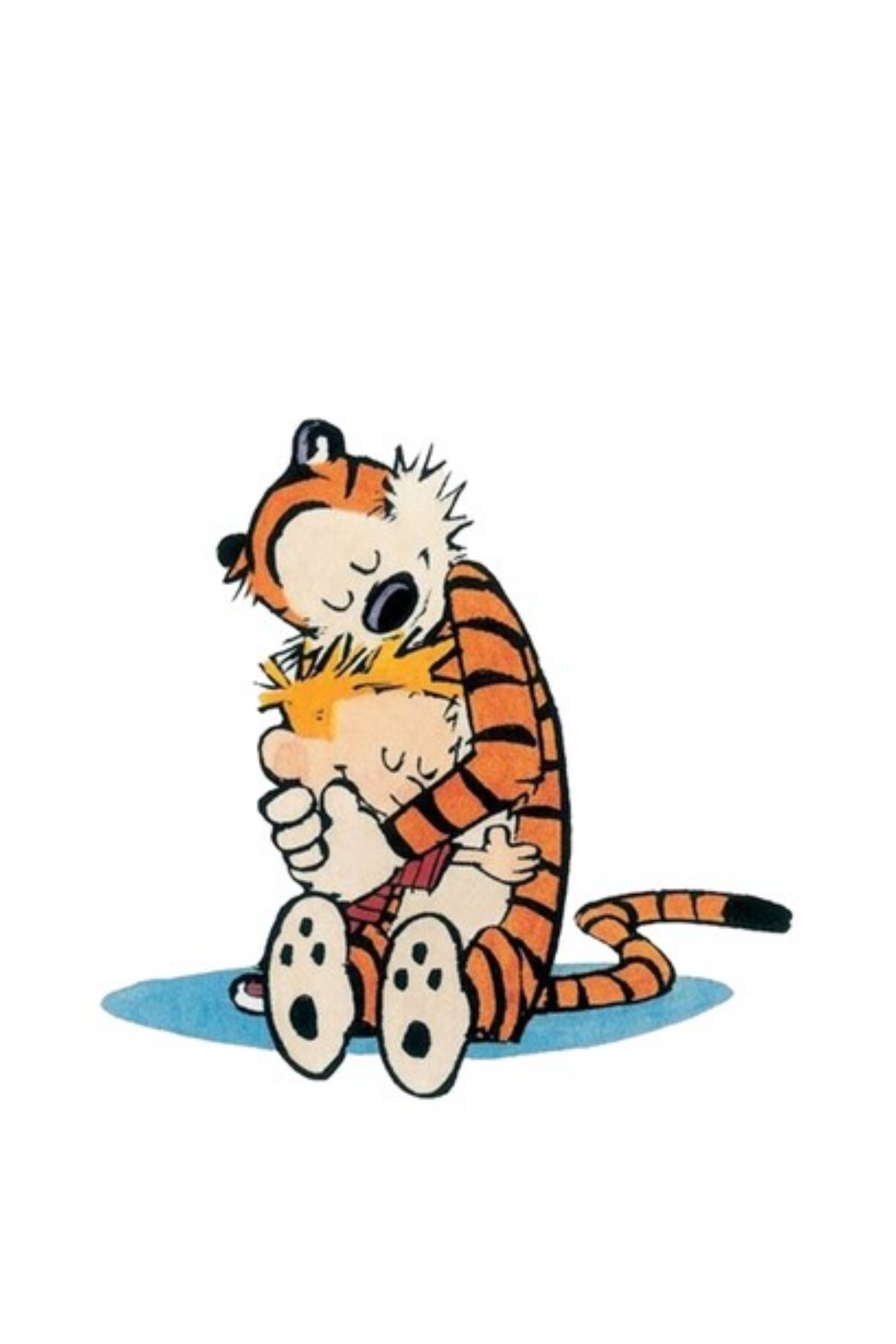
Calvin and Hobbes was a satirical comic strip series that ran from 1985-1995, written, drawn, and colored by Bill Watterson. The series follows six-year-old Hobbes and his stuffed Tiger, Calvin, that examines their lives through a whimsical lens that tackles everyday comedic issues and real-world issues that people deal with.
It is deserving noting , however , that despite their radically different conclusions on the commercialisation of strip , Watterson and Schulz still ended up in the same position : at their desk . Both artists remained committed to producing their workplace by themselves , even when their success would have allowed them to grow out the production ofCalvin and HobbesandPeanuts . FromSchulz and Peanuts :
Because he regarded cartooning as a extremely personal word form of construction , he , too , refused to engage assistants , working alone , draw every line himself and paint exceptional fine art for each of his books . But this was also why Watterson pass up to “ dilute or corrupt ” his strip ’s message with merchandising . “ ] need to draw cartoon , ” he suppose , “ not oversee a manufactory . "
In the end , Peanutswas all important to Watterson ’s development of this place , due to his deep reservoir of love for it .
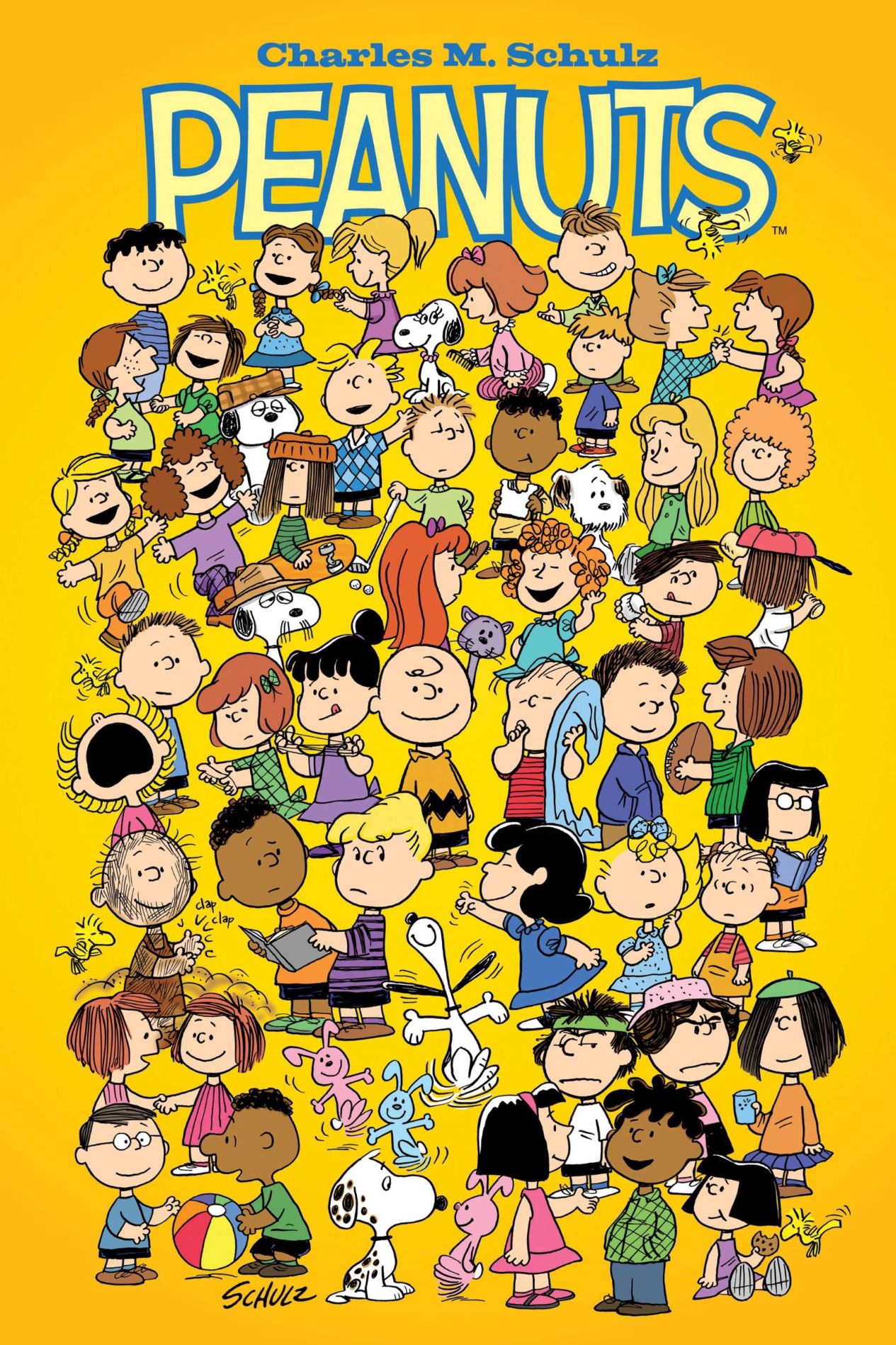
Created by Charles M. Schulz, Peanuts is a multimedia franchise that began as a comic strip in the 1950s and eventually expanded to include films and a television series. Peanuts follows the daily adventures of the Peanuts gang, with Charlie Brown and his dog Snoopy at the center of them. Aside from the film released in 2015, the franchise also has several Holiday specials that air regularly on U.S. Television during their appropriate seasons.
Michaelis also cite Watterson as saying : “ I operate into cartooning to pull out toon , not to break away a corporate conglomerate . ” In outcome , that is on the dot what creator like Charles Schulz and Jim Davis wrench their respective strips into massive , global business sector , which they oversaw directly themselves . As much as Bill Watterson find out the basics of success as a laughable author from Charles Schulz , onceCalvin and Hobbesachieved its own iconic status , its creator delineate his approach to the industry in stark demarcation to what Schulz managed withPeanuts .
reservoir : Schulz and Peanuts : A life story
Created by Charles M. Schulz , Peanuts is a multimedia system enfranchisement that begin as a comical strip in the 1950s and eventually expanded to include films and a video series . Peanuts follows the daily adventures of the Peanuts work party , with Charlie Brown and his detent Snoopy at the center of them . Aside from the film released in 2015 , the enfranchisement also has several Holiday specials that beam regularly on U.S. Television during their appropriate season .

